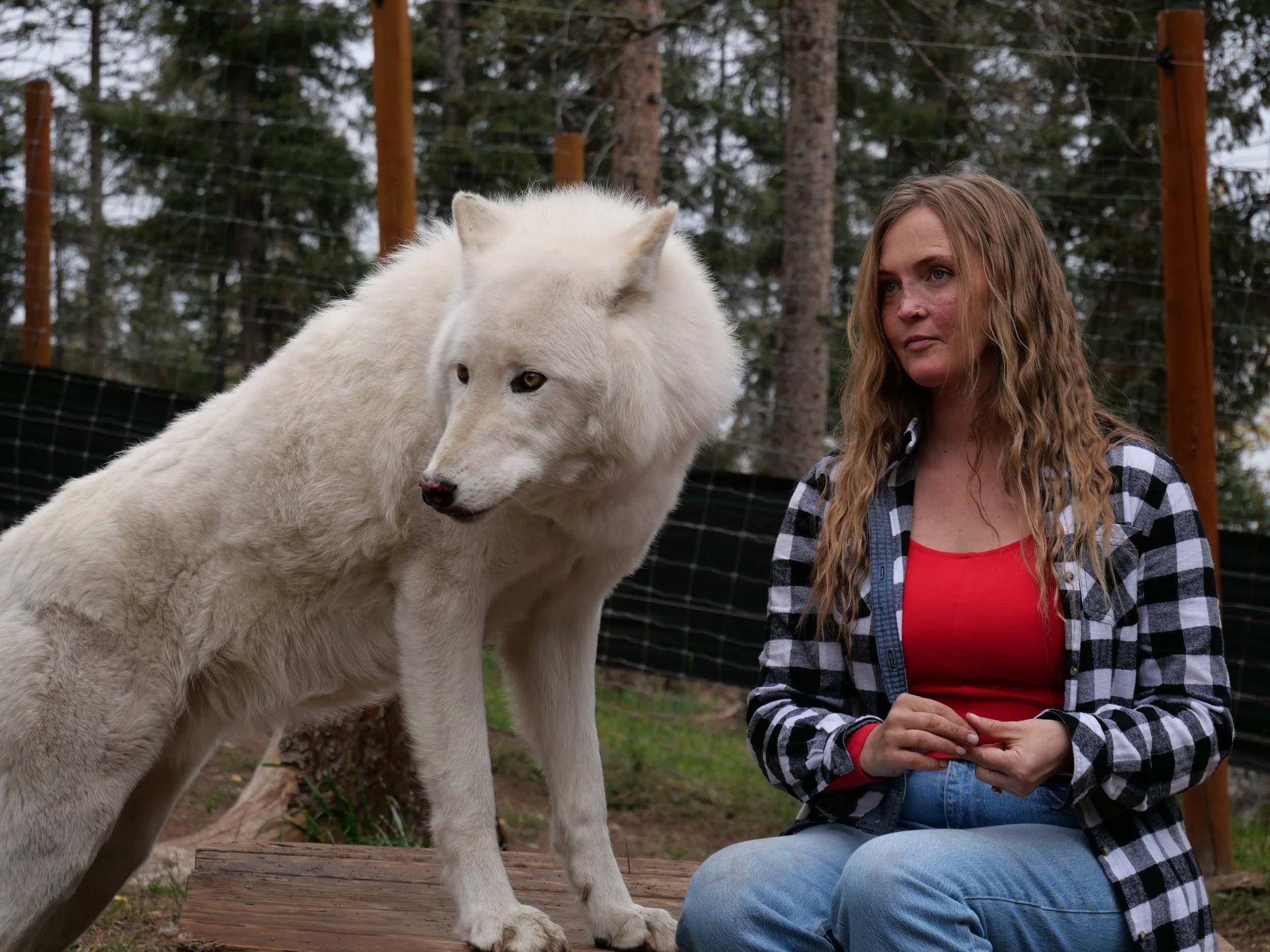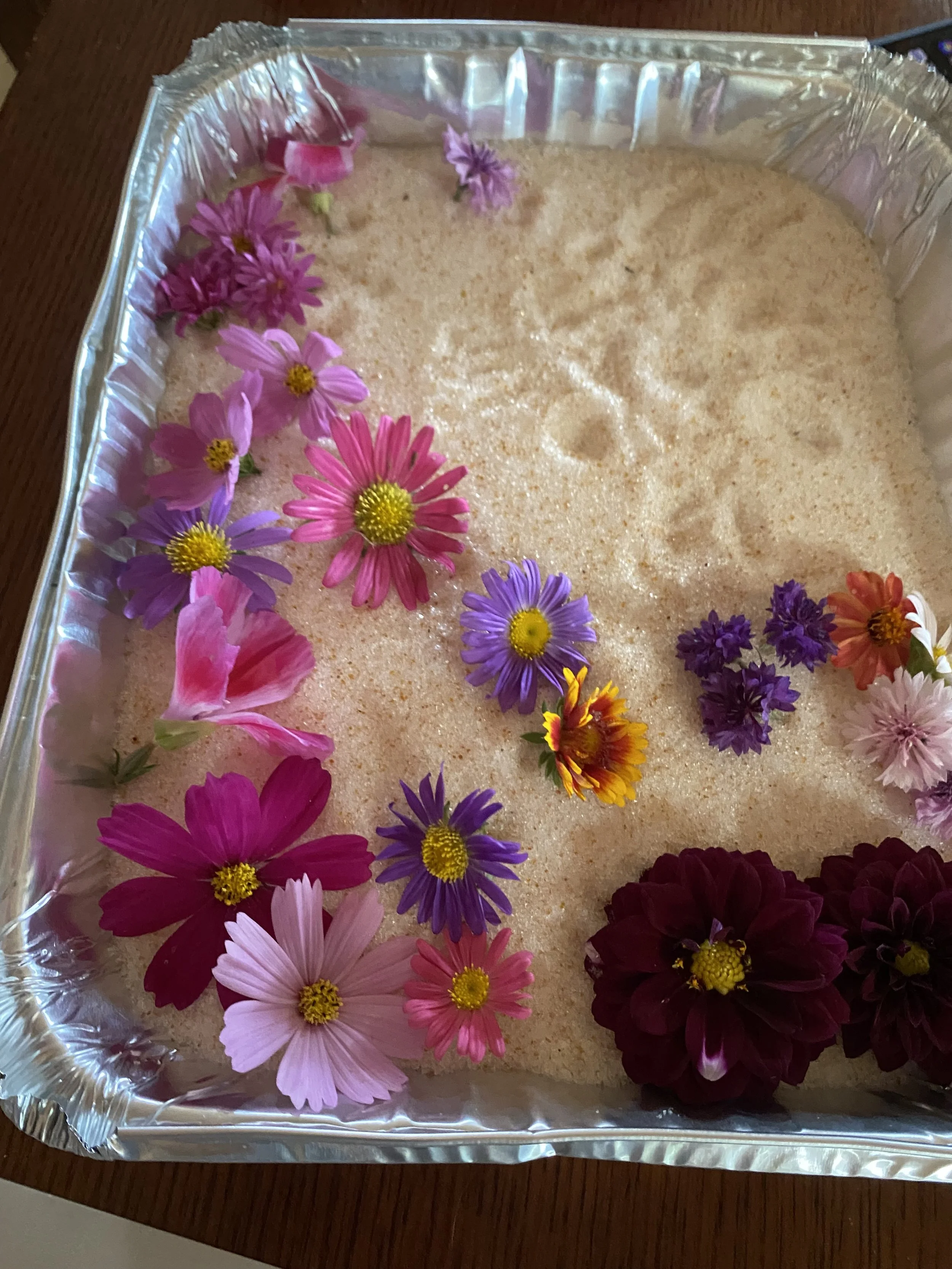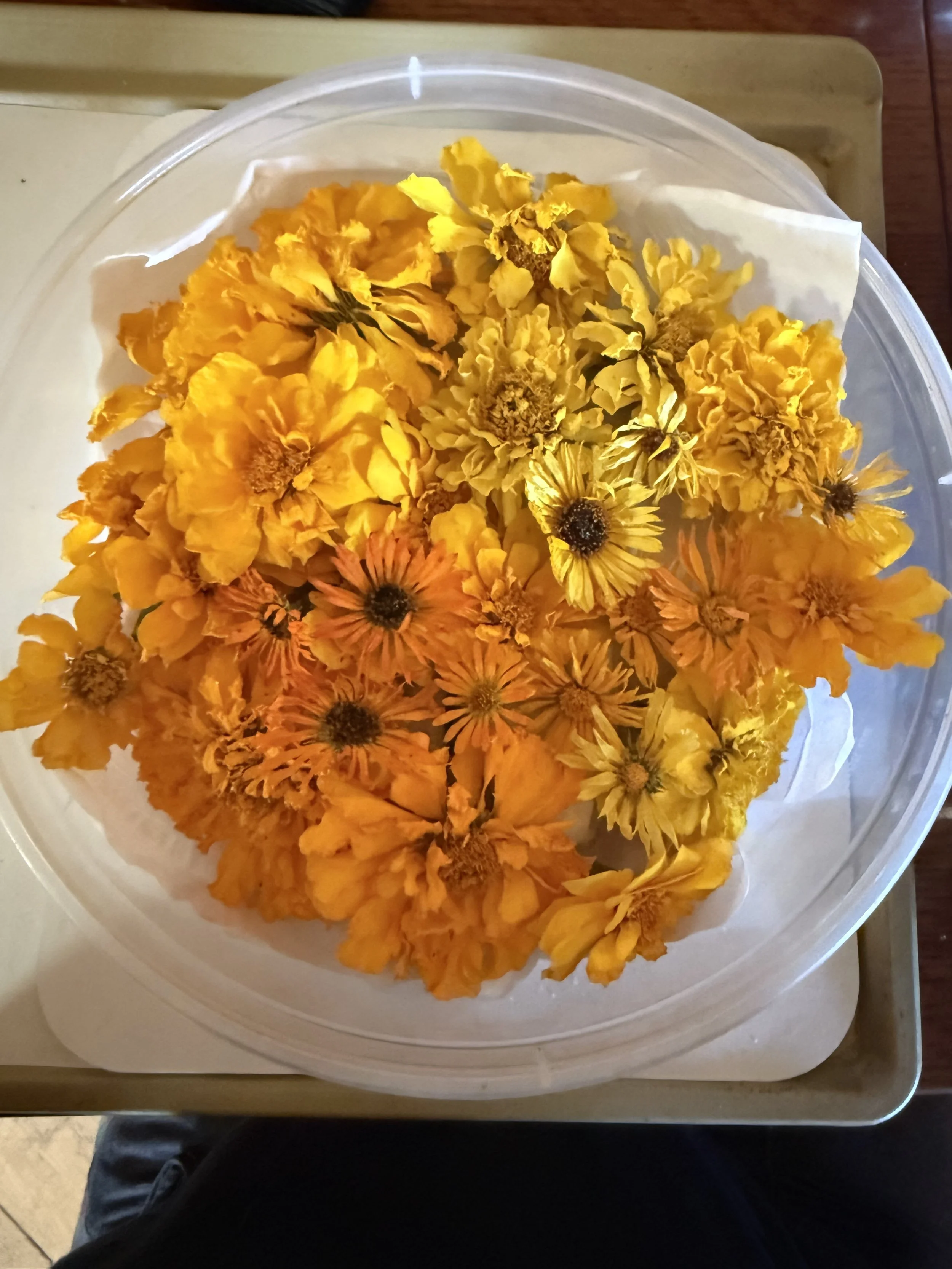Three Years of Self-Advocacy: What’s Actually Helped
I’ve sat with these reflections for a while — wanting them to be perfect, not wanting to say too much or overwhelm anyone, never quite feeling they were complete.
But healing isn’t tidy. The truths in my writing keep shifting as I do — imperfect, evolving, and true to where I am now.
Advocacy has become the constant thread of my recovery journey — evolving from crisis response into a grounded practice. It wasn’t something I asked for, or something I ever imagined I’d need in this way — but it has been unavoidable.
After three years, nearly twenty surgeries, and countless appointments and providers, I’ve learned that self-advocacy in healthcare isn’t optional. It’s survival.
I used to think advocacy meant “speaking up” or “asking questions.” Now I see it as a daily practice of persistence — persistence, and more persistence — with moments of exhaustion, doubt, and surprising strength and resilience.
To everyone out there caregiving, recovering, or both: I see you, and I’m with you. You can do it.
I once realized, too late, that “no plan” is a plan — just not mine. That lesson still shapes how I approach providers today.
Here’s what I’ve learned, one lesson at a time ↓
- Lesson 1: The System Is Fragmented
- Lesson 2: Contradictions Are Everywhere
- Lesson 3: Pain Management Is Its Own Battle
- Lesson 4: Advocacy Is Exhausting, But Necessary
- Lesson 5: Advocacy Isn’t Just Individual
- Lesson 6: Community Advocacy (without burning out)
- Lesson 7: Boundaries with Providers (and Yourself)
- Lesson 8: Documentation That Saves Future-You
- Lesson 9: What I Still Miss (and why that’s okay)
One of the most disorienting lessons has been realizing just how disconnected our healthcare systems are. Providers often don’t talk to one another. Records get lost, imaging is ordered but not shared, and the patient — me — becomes the bridge.
I had assumed my doctors were coordinating behind the scenes. Instead, I’ve learned that unless I step in, the handoffs rarely happen. So… expect nothing, make it all happen yourself.
Health insurance and benefit systems are no different — fragmented, rule-bound, and rarely designed for optimal patient care. The overlap between healthcare, insurance, and social supports only amplifies how hard it is to get what’s needed. I knew this intellectually, from years as a public health student and consultant. Living it as a patient is another story entirely.
Seeing it from the inside has been demoralizing at times — and it also lights a fire under me. I’ve learned, for example, that insurance only allows a provider to address one body part or issue per appointment. Imagine being told to separate your own body into categories when all of it is connected. Healing requires being treated as whole, not in fragments.
I used to say that at the end of the day — or the end of our life — our shoulders are the only ones we’ll have to sit on. Turns out, it’s true.
It’s tempting to take frustration out on the people you meet along the way — front-desk staff, insurance representatives, schedulers — but I remind myself: they, too, are navigating these broken systems. Most genuinely want to help. It’s the structure that limits them, not the heart behind their work.
In a system built to divide, wholeness becomes its own quiet act of rebellion.
It can be dizzying to hear one provider recommend something, only for another to contradict it. These aren’t small differences — they can be about next steps for major issues, pain management, wound care, or restrictions that literally shape how I move in my body.
It’s deeply disorienting to learn that what one team assured me were staples to remove… never existed. In those moments, I feel unmoored. My strategy has become to pause, breathe, and remember: even when providers contradict, I still hold the final say in what happens to my body.
And it’s not necessarily personal or “bad” care. Every provider — every human — is shaped by their own training, experience, and values. Expertise overlaps and disconnects in confusing ways. I try to trust that most are doing their best with what they have, even when the result feels chaotic.
Between all the contradictions, I find my own through-line — a steadier truth beneath the noise.
If advocacy is a marathon, pain management is one of its hardest miles. From minimizing comments — “of course you’ll have pain” — to rigid prescribing policies that don’t match my reality, I’ve learned that managing pain isn’t just about medication. It’s about insisting that my pain is real, and that it deserves care and attention.
Pain advocacy has meant trusting my lived experience over blanket statements. Sometimes that means asking for a second opinion. Sometimes it means saying no to advice that doesn’t fit. And sometimes it’s leaning on my local team for creative options that honor both safety and comfort.
Over the last three years, I’ve also had to accept that some level of pain and dysfunction may be lifelong — a direct result of the accident. But that doesn’t make it less worthy of attention, problem-solving, or support. It doesn’t mean I don’t deserve relief or the medications that help me function.
I am worthy. What I experience is real.
Even when the ache lingers, I can still choose compassion as my anchor.
There are days when I’m too tired to keep explaining, repeating, correcting. Days when I long to just be the patient — not the advocate. But I’ve learned that when I stop pushing, things fall through. The cycle of follow-up calls, the endless coordination of appointments, the prep and the paperwork — it’s all necessary, even when it feels never-ending.
Recovery can be lonely. Advocacy — something only you can truly do for yourself — can set you apart. If you’re not careful, it starts to feel like fighting alone: to get in to see a provider, to have a question answered, to be believed, to get a moment’s rest. That’s when the importance of support systems and community becomes everything.
It’s not fair, but it’s reality — and my experience keeps showing me how much persistence matters.
When the system wears me down, community steadies what’s left standing.
She is equally fierce as she is gentle
This journey has shown me the power of a wider circle. My partner, my mom, my brother, friends and family — including some who work in healthcare — and even strangers who’ve shared advice have all stepped in to advocate with me, or sometimes for me when I couldn’t.
Recently, two dear friends and providers spent an entire weekend on the phone, helping me navigate back-to-back medical crises and get the care I needed. Earlier on, one of the most badass, wonderful humans I know came into the fold when I was drowning in denied medical bills. With her expertise and kind heart, we got most of them paid and kept me out of collections.
I’m overflowing with gratitude for those in my circle who are always willing to help — to talk things through, weigh options, brainstorm next steps, and find ways to get what’s needed. I would be lost without you.
Advocacy is rarely a solo act; it’s a networked one. When my strength falters, the circle holds.
Let others step in. Trusted friends can run errands, drive me to appointments, or simply listen. Sometimes I share a “how to help” list so the weight doesn’t fall on one person.
Give yourself permission to say no — even to good help, even to support that comes with love. If my system is overloaded, it’s okay to decline.
Community advocacy means letting others advocate with me — and knowing when too much help becomes one more thing to manage.
The best advocacy is a circle, not a burden — one that moves at the pace of care.
Green flags: validation, specificity, and a clear plan shared with me. Bonus points for follow-up.
Red flags: minimizing, vague “shoulds,” or no follow-up.
Sometimes it helps to have a script ready: “That language feels minimizing. My pain is high, and I need options, not judgment.”
I’ve also learned to set personal boundaries: no more than one appointment per day when I’m in a flare. If I overload my system, I pay for it later.
Boundaries aren’t barriers — they’re guardrails that keep me safe.
In setting limits, I make space for healing to happen on its own terms.
After each visit, I jot down three quick notes: what we decided, when we’ll reassess, and what to watch for. It sounds simple, but it prevents confusion later and keeps me from second-guessing myself. I also record appointments (with permission) so I don’t miss key details.
Track changes. Photograph wounds or incisions, log medication adjustments, and keep symptom notes in one running document. These breadcrumbs are lifesavers when a provider asks, “When did this start?”
Referrals and records — never assume they’ll be sent. I request copies and hand them over myself.
Keep a running list of providers: names, specialties, contact info, what they’re helping with, when and why care began or ended. It’s invaluable context when the future overlaps with the past.
Create a shared calendar with your key support system. Include addresses, times, and any key notes inside each appointment to avoid last-minute scrambles.
Documentation isn’t busywork — it’s advocacy on paper, creating continuity where the system too often fails. There was a 90-second note I almost didn’t write… and it ended up preventing months of detour.
Documentation is memory turned into strength — a quiet form of care that endures.
I overdo it sometimes. I wait too long to escalate, or take on more than I should. It’s part of the process.
I make mistakes. With so many moving parts, I’ve missed appointments or mixed up instructions. It happens.
I reset. Time outside, canceling plans, even a few steady breaths — these resets are how I keep going.
Advocacy isn’t about perfection. It’s about persistence, self-awareness, and the grace to begin again.
Advocacy ends where self-compassion begins — and sometimes they’re the same place.
If there’s one thing I know now, it’s this: advocacy will always be part of my recovery story. It has shaped my voice, my resilience, and even my exhaustion. It is both a burden and a lifeline. Advocacy is a practice, not a personality trait. You’re allowed to learn in public.
It’s the daily thread I can’t ignore — but it isn’t the whole picture.
Behind the calls and strategies, there’s a wider story of grief, resilience, identity, and love. That story looks less like a checklist and more like a mosaic: jagged and luminous, broken and beautiful, still forming.
In my next reflection, I’ll step back to see that mosaic — three years later.
If a deeper, story-driven version of this would help, I’m gathering notes for a future project I’ve been dreaming about — my book(s). ❤️






